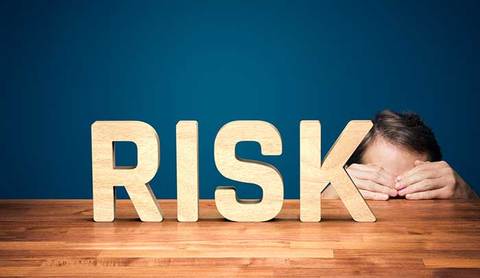
DuPont Sustainable Solutions (DSS) have published the findings of their global survey of executives across a range of high-hazard industries to determine their perceptions of how risk is identified. This annual survey attempts to uncover to what extent companies incorporate operational risk into their board level planning. These operational risks cover a number of areas including workplace health and safety, environment, quality control, process safety, supply chain disruptions, maintenance and reliability challenges, production fluctuations, and integrity and asset management. Their impact on business objectives is an essential factor in planning future investments (or budget cuts).
The survey revealed that, overall, executives believe the operational risk management processes within their companies are not sufficient due to insufficient allocation of resources and a disconnect between leadership and employees risk management perceptions. This lack of a common perspective is a worrying development indicating the senior management team is not adequately propagating risk management messaging down to all staff and/or front-line staff need to be able to communicate the operational risks that they see in their working day.
The report concluded that:
Unless companies devote sufficient resources to the critical components of successful risk management and better align the organization to a culture committed to risk reduction across the entire value chain, operational risks will continue to negatively impact their overall business performance.
Report Highlights
While 90 percent of executives believe leadership commitment is important to effectively manage risk, only 38 percent consider it to be a strong component of their risk management system today.
88 percent feel workforce engagement is important to risk management, yet only 35 percent currently consider it a strong component in their organizations.
80 percent of executives understand that organizational culture is important to effective risk management; just 21 percent feel it is a strong component in their company’s risk management system.